Originally posted by jpolakow
View Post
Originally posted by lamare
View Post


By moving the feed 1/4 whip to the bottom of the waveguide and load it with a small dish, you excite it in the correct direction. It is just like driving an acousting 3/4 lambda open resonator pipe with a loudspeaker positioned at 1/4 lambda from the bottom.

The only thing I'm not too sure about is whether or not the "L + 0.6D" analogy with acoustics is valid here too. I'm not too sure you can see a thin metal as being very stiff in the LDM case, because it is much thinner than a wavelength. So, thinking about the "skin effect" suggests you can almost certainly not consider your walls to be stiff, which may turn out to ruin the party. OTOH: if that were true, that should also be the case in transverse waveguides, which appear to work very good regardless.

Update: got them:
Radio-Engineers-Handbook-1943-Terman.pdf - 4shared.com - document sharing - download
http://www.pmillett.com/tubebooks/Bo...R_ref_data.pdf




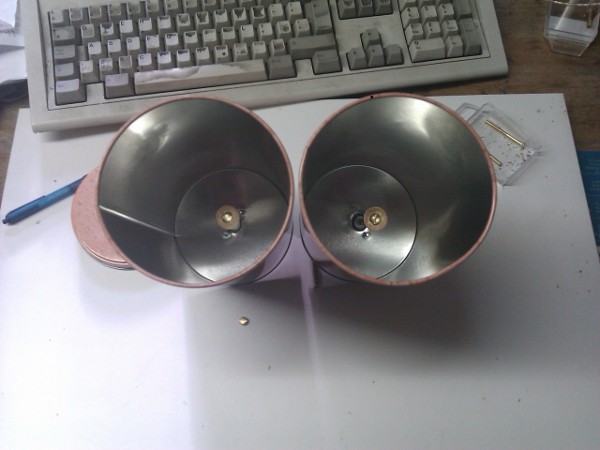
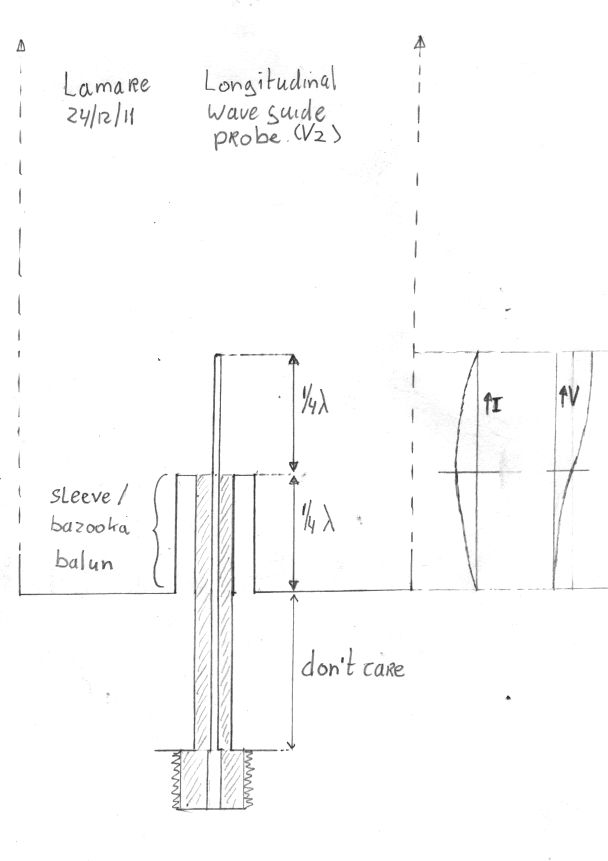


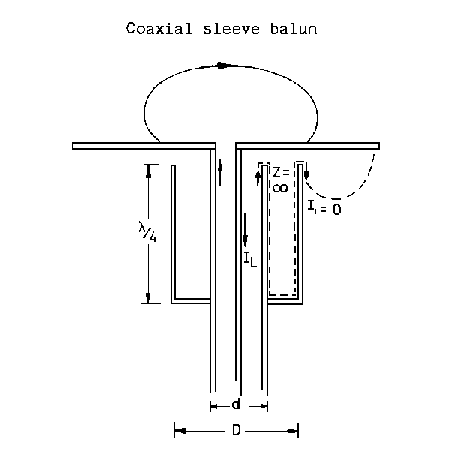


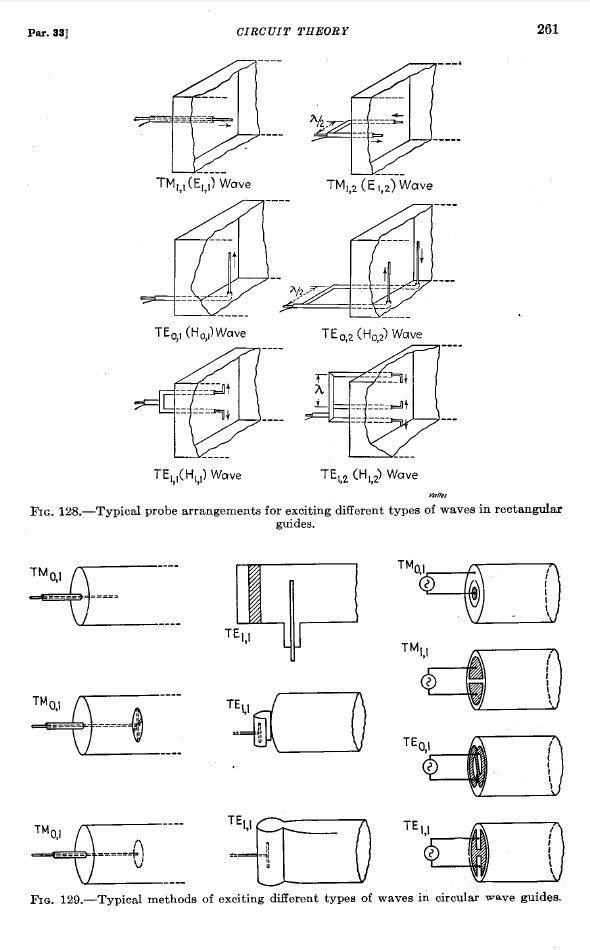
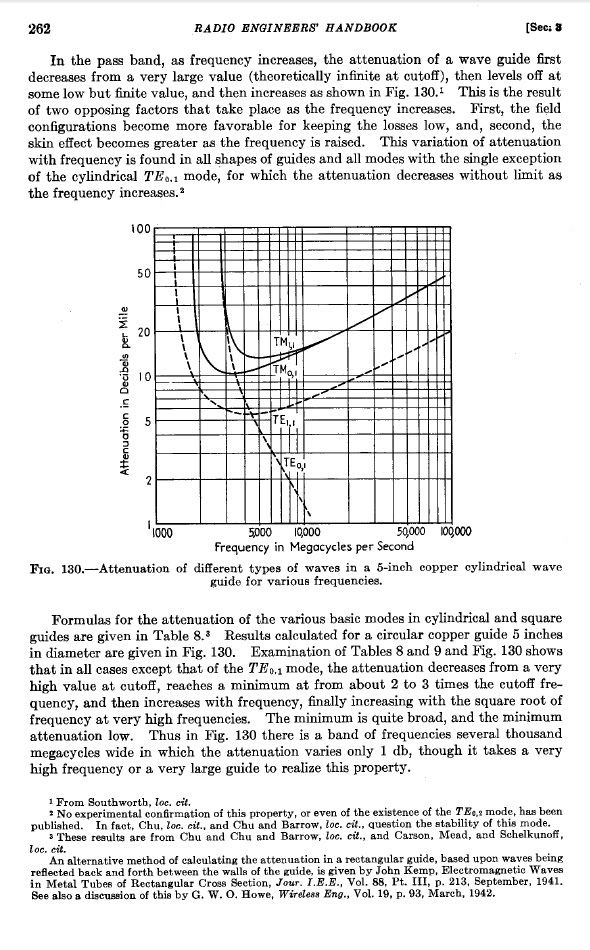
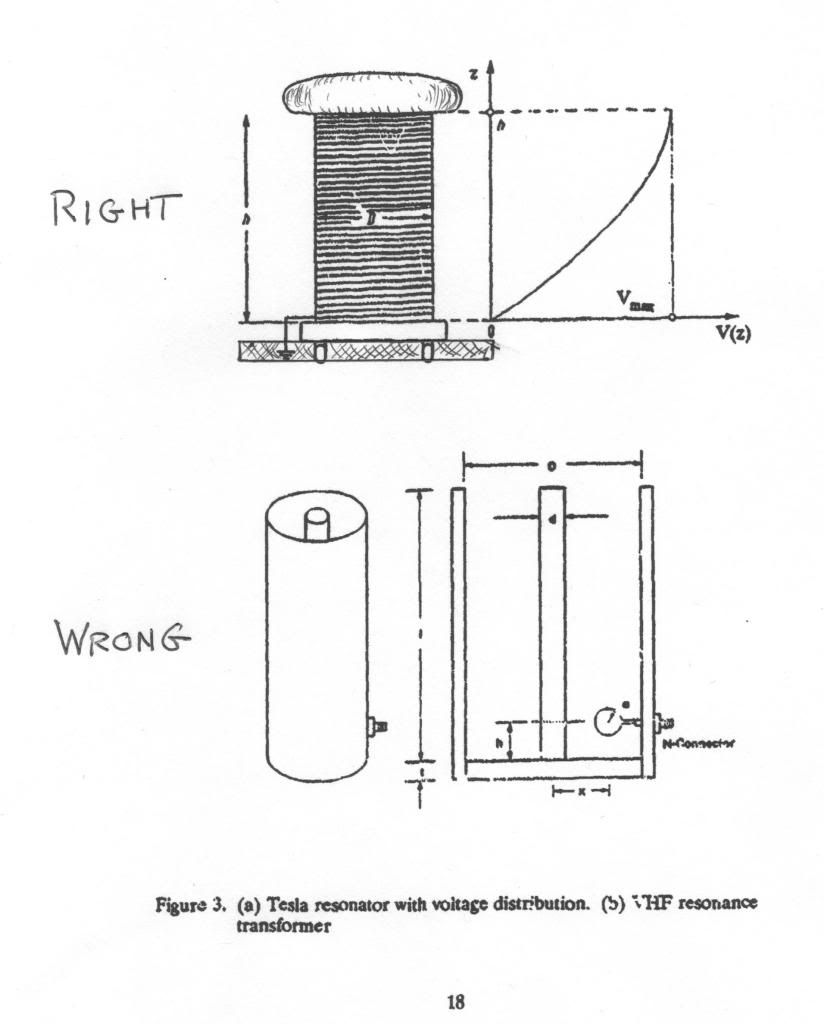
Comment